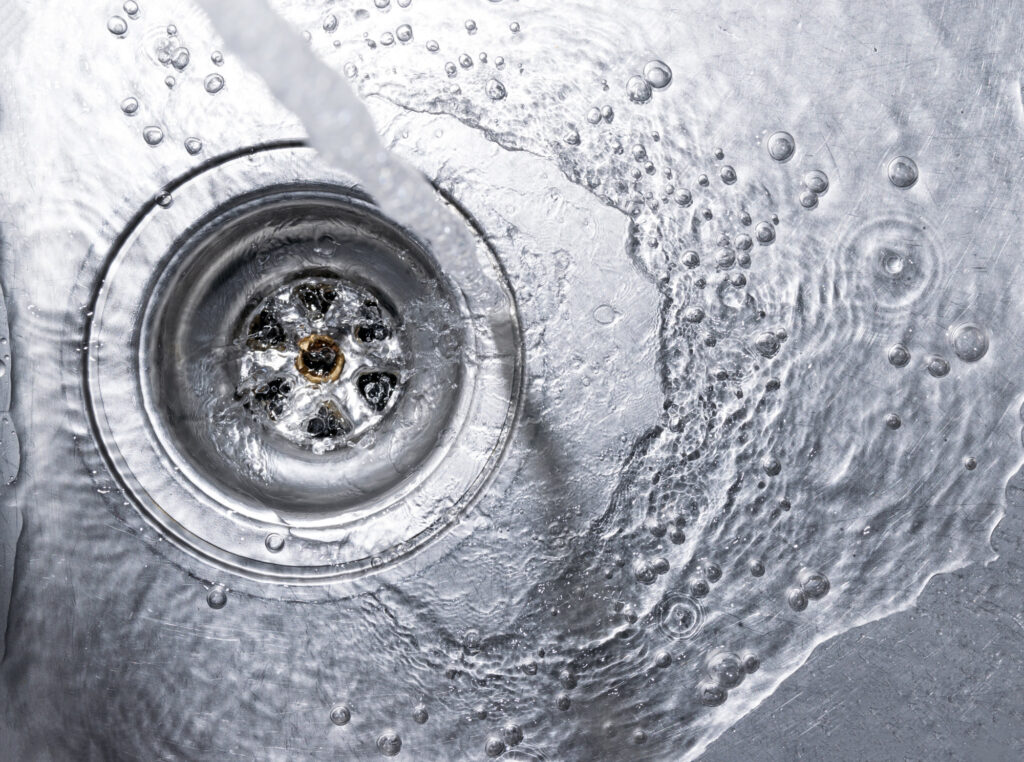This Is How to Fix a Clogged Drain the Right Way
Is the water in your sink or bathtub slow to drain away? Or worse, not draining at all?
You might have a clogged drain, which could be caused by several things. It’s frustrating, inconvenient, and potentially a risk to your health.
That’s why we’re here to help. Follow these steps and find out how to fix a clogged drain as quickly as possible.
Use a Plunger
Most minor clogged drains can be cleared using a cup-style plunger. You’ll be able to find one at most local hardware stores.
Place the plunger over the opening drain. Make sure that the drain opening is completely covered. If you’re working on a sink or bathtub drain, partially fill it with water so that the plunger cup is covered.
Once you have a tight seal around the cup, you can start plunging. Move the plunger up and down quickly. After doing this approximately six times, pull the plunger off of the drain opening and check your progress.
If water drains away, then the clogged drain is fixed. If the water remains stagnant or slowly moves down, then re-establish the seal and plunge again. You can usually feel when the clog is free; the plunger will get easier to pump.
While you’re plunging, try to block any other holes in the system. That way, you can deliver pressure directly to the clog.
Plunging works by using suction and compression to shift the clog. When you pull on the plunger, it pulls water up the drain and loosens the clog. When you push down, the water is forced downward, moving the clog in the other direction. Eventually, the clog is dislodged.
If you’re working on a double-bowl kitchen sink, put a wet rage into one of the drain openings while you plunge the other one. If you’re working on a bathtub or bathroom sink, put the rag into the overflow opening.
Use a Hose
If possible, you can use a hose to clear a clogged drain.
Put a hose down the drain that you’re working on. Pack an old towel around the hose, so that there are no gaps between it and the drain opening. This way, water won’t be able to shoot up. It will also put more pressure on the clog that you’re trying to remove.
Turn the hose on to the highest power possible. This force will hit the clog and can break it down or shift it completely.
Remove the U-Pipe
There is a U-shaped pipe underneath most sinks. It is also referred to as a drain trap. This area is where most under-sink clogs can be found.
Go underneath the sink and use a pipe wrench to remove the slip nuts at each end of the U-pipe. Put the nuts to one side, and then you’ll be able to remove the U-pipe. Most modern PVC plastic U-pipes can be unscrewed by hand.
Make sure to do this over an empty bucket. That way, it can catch any debris or water that comes out of the pipe.
Once the pipe is removed, flip it over the empty bucket. You can use a wire brush or toothbrush to clean any build up inside the pipe. Pay close attention to cleaning the connection points. It’s also good to run hot water through the U-pipe to make sure it’s clean.
Reassemble the U-pipe, making sure that it’s secure. You can then test the drain, and the water should run away quickly.
Snake the Drain
A plumber’s snake is also known as a drain auger. It is a flexible drill bit that can get down a drain.
Start by slowly feeding the snake down the drain and along the pipe. If you have a tool with a crank, then crank the handle to get the device further down the drain.
When you get to the clog, the snake will be hard to maneuver and you will feel resistance.
You may be able to use the snake to break up the blockage. Gently move the snake back and forth, up and down, to clear as much of the build-up as you can.
If that’s not possible, slowly twist the snake around so that it gets hold of the debris causing the blockage. You can then slowly pull the snake back out of the pipe. If you feel the debris slipping away, slowly twist the snake to make it more secure.
Call a Professional
Sometimes a blockage is too much for you to handle at home. If you leave it too long, a blocked drain can cause stains, odor, and put your health at risk.
That’s when you need to call a professional to unblock clogged drains. They can help to get your pipes working perfectly again.
How to Fix a Clogged Drain
Clogged drains can have a huge impact on your daily life. It can be inconvenient and frustrating, and can even be a risk to your health.
Follow these steps to clear your drains and pipes. Remember, if you can’t unclog the drain yourself, contact a professional for their help.
Now you know how to fix a clogged drain, have a look at some of our other real estate tips.
